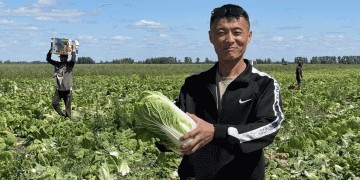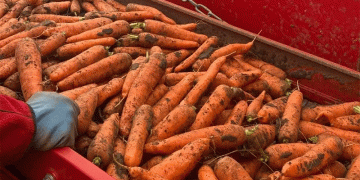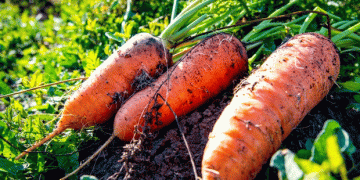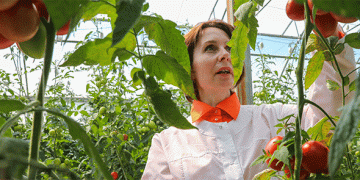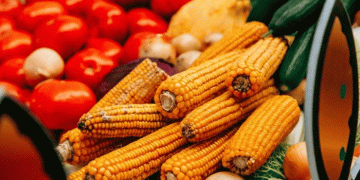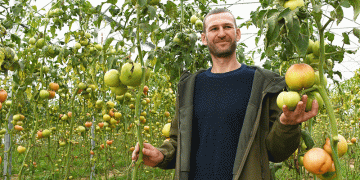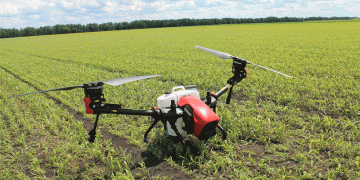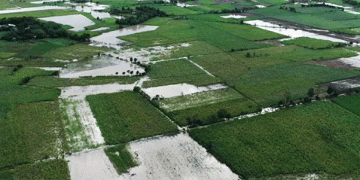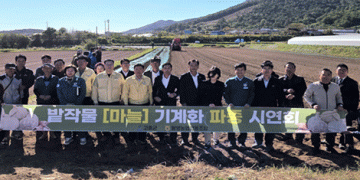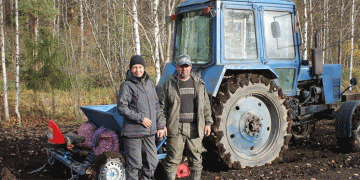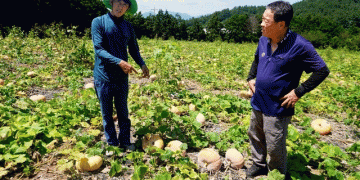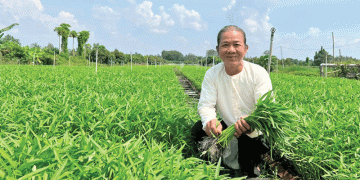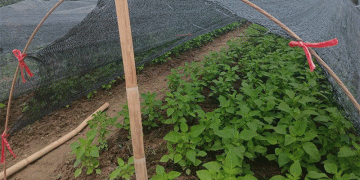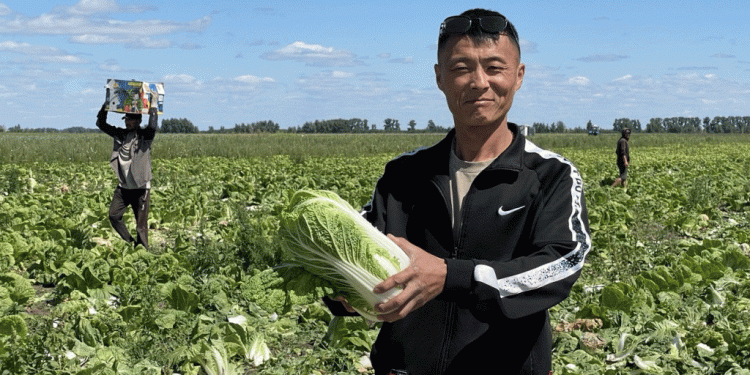Farmers in Rubtsovsky District, Altai Krai, have started gathering early-season vegetables, including eggplants, zucchini, and various types of cabbage. However, the 2025 season has been far from smooth, with extreme weather, labor shortages, and rising input costs complicating operations.
Family Farming and Crop Diversity
Valentina Tyugai and her family have been farming in the region for over two decades, managing 200 hectares of land near Katkovo and Berëzovka. Their farm produces over a dozen crops, from tomatoes to watermelons, with a strong focus on meeting market demand. However, unexpected weather disruptions forced them to adjust planting strategies.
- Weather Woes: In April 2025, hurricane-force winds destroyed three greenhouses, wiping out their sweet pepper seedlings.
- Adaptation: They shifted to more resilient crops like carrots and beets, increasing their planted area to compensate.
Labor Shortages and Mechanization Limits
Early vegetable farming remains heavily reliant on manual labor—seedling planting, weeding, and harvesting cannot be fully mechanized due to crop sensitivity. Persistent rains this year led to aggressive weed growth, requiring extra hands.
- Industry-Wide Issue: Across Russia, agriculture faces a severe labor shortage, forcing farmers to reduce labor-intensive crops in favor of mechanized alternatives like root vegetables.
Innovations in Irrigation and Rising Costs
To maximize yields, the Tyugai family implemented drip irrigation, ensuring precise water and fertilizer delivery. However, operational costs have surged:
- Fuel prices rose from ₽63,000 to ₽71,000 per ton between May and July.
- Imported seeds, fertilizers, and cover materials have become more expensive, pushing farmers toward Russian-made alternatives.
Market Challenges and Future Prospects
Despite high-quality produce (like flawless Peking cabbage), securing stable contracts remains difficult. Most deals are short-term, and large retail chains demand volumes and timelines that small farms struggle to meet.
- Sunflower as a Safety Net: Many farmers diversify with sunflowers—a profitable and stable crop—to hedge against vegetable market volatility.
Rubtsovsky’s farmers demonstrate resilience through innovation, diversification, and adaptation. Yet, systemic challenges—labor shortages, climate unpredictability, and rising costs—require long-term solutions, including stronger domestic seed production and better supply chain integration.
